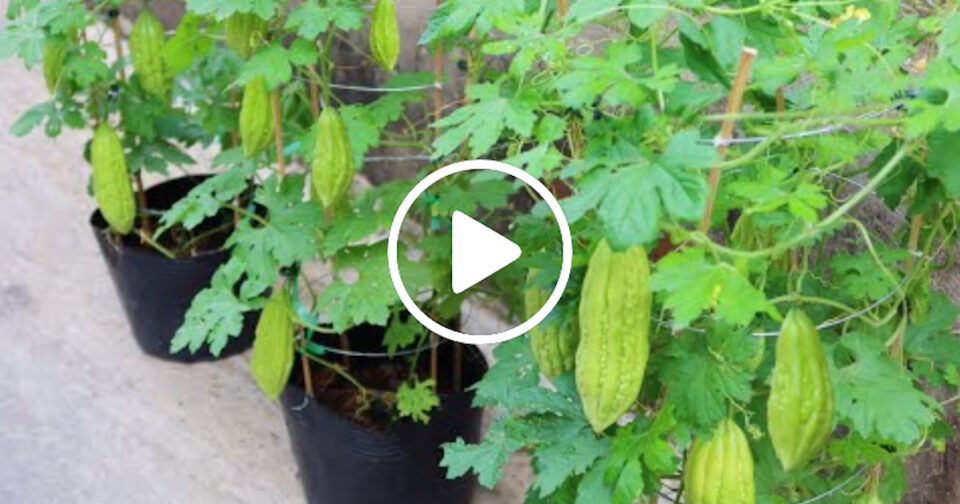In Southeast Asia, bitter melon is one of the most popular veggies. It’s in the gourd family, along with cucumber, melon, and pumpkin. It is an ɪɴᴅɪᴀn subcontinent native that is utilized in Asian dishes. It is one of the healthiest vegetables and has a wide range of medical applications. It has a distinct bitter and gritty flavor.
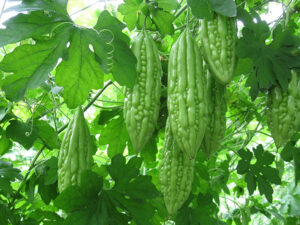
This tropical perennial climber with thin stems can reach a maximum height of 5 meters. It, like other members of this family, needs assistance.
Hairy on both the stem and the lobed leaves. Bitter melon develops male or female yellow flowers that are pollinated by insects.
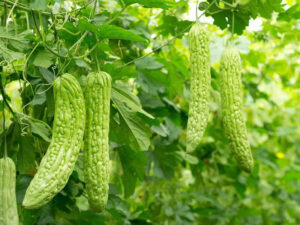
Bitter-tasting fruits are eaten before they ripen when they are still green or pale. They have a delicate ꜱᴋɪɴ and can be cooked and eaten. There are huge seeds inside. The flesh has a cucumber-like texture and is watery and crusty.
Seeds are available for purchase both online and at garden stores. Seeds from mature yellow fruits can also be used. The coat of ripe seeds is crimson scarlet. Although germination is not difficult, there are a few strategies that can help it go more quickly.
If you sow seeds directly without pre-treatment, they will germinate slowly in 3-4 weeks, especially at cold temperatures.
However, scarifying them to remove the seed coat will enhance the germination rate and speed up germination. Rub the seeds from one side to the other without damaging the endoꜱᴘᴇʀᴍ inside the seed coat. Soaking seeds in water for 24 hours before sowing can also assist.

Seeds should be sown 2 cm deep. Seeds can be planted directly in the ground or in containers once the ᴛʜʀᴇᴀᴛ of frost has gone and the earth has warmed up sufficiently. Germination of seeds requires a temperature of at least 70 degrees Fahrenheit (20 degrees Celsius).
Summer is the greatest time to sow seeds in temperate climates, usually between late April and May. In the tropics (USDA Zones 10, 11), however, seeds can be started at any time. It’s simple to grow bitter gourd (bitter melon) in a pot.
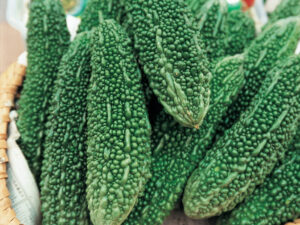
Squashes, cucumbers, and melons are similar. A 12- to 16-inch-deep container and a robust trellis are required. The bitter melon vine, on the other hand, can reach a length of more than 5 meters (16 feet).
It’s necessary to have a trellis or other support structure that’s at least 5-6 feet tall. You’ll have to redirect the vine once it reaches that height.
This plant is grown in the same way that squashes, melons, and cucumbers are. Despite the fact that the fruits are not particularly heavy! If you give this vine full sun, it will yield a lot of fruit. You’ll also need to support it because it’s a tall vine:
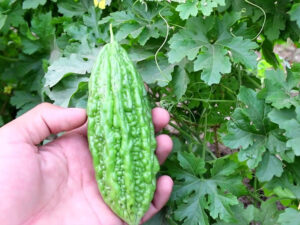
A garden barrier or a tall trellis. If you want to grow it on your patio, terrace, or balcony, plant it ᴄʟᴏꜱᴇ to the wall so it may climb with it.
It may grow in a variety of soils but likes permeable, sandy loam soil with plenty of organic content. Bitter melon thrives in soil that is slightly acidic to slightly alkaline. The pH level should be between 6 and 7.1.
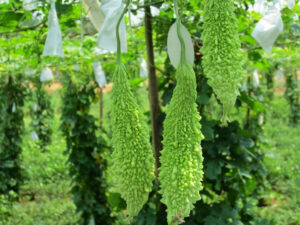
It can withstand drought-like circumstances for a limited period of time, but constant watering is required to maintain the soil evenly moist and assure a decent harvest.
Bitter gourds demand a temperature of more than 70 degrees Fahrenheit throughout their early stages of development (20 C).
The plant grows faster in humid and warm environments. It is more resistant to cold temperatures than other members of this family, but it requires a high level of heat and humidity to thrive, especially at first.
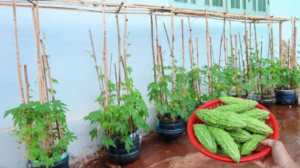
PLEASE WATCH THE VIDEO BElOW:
